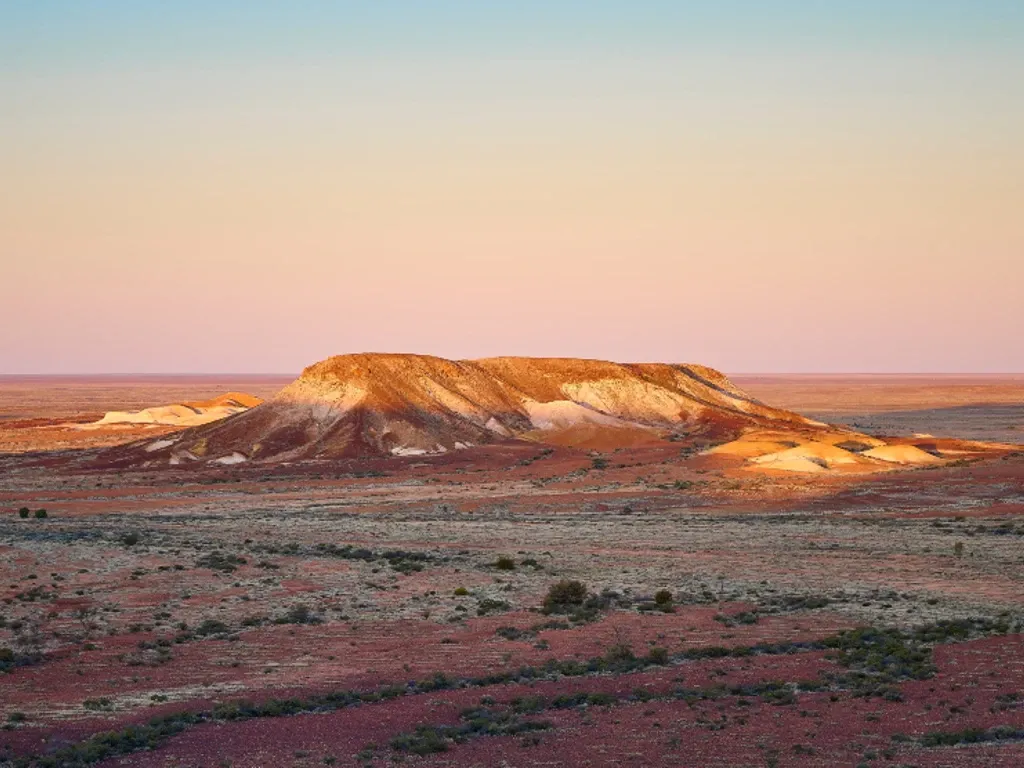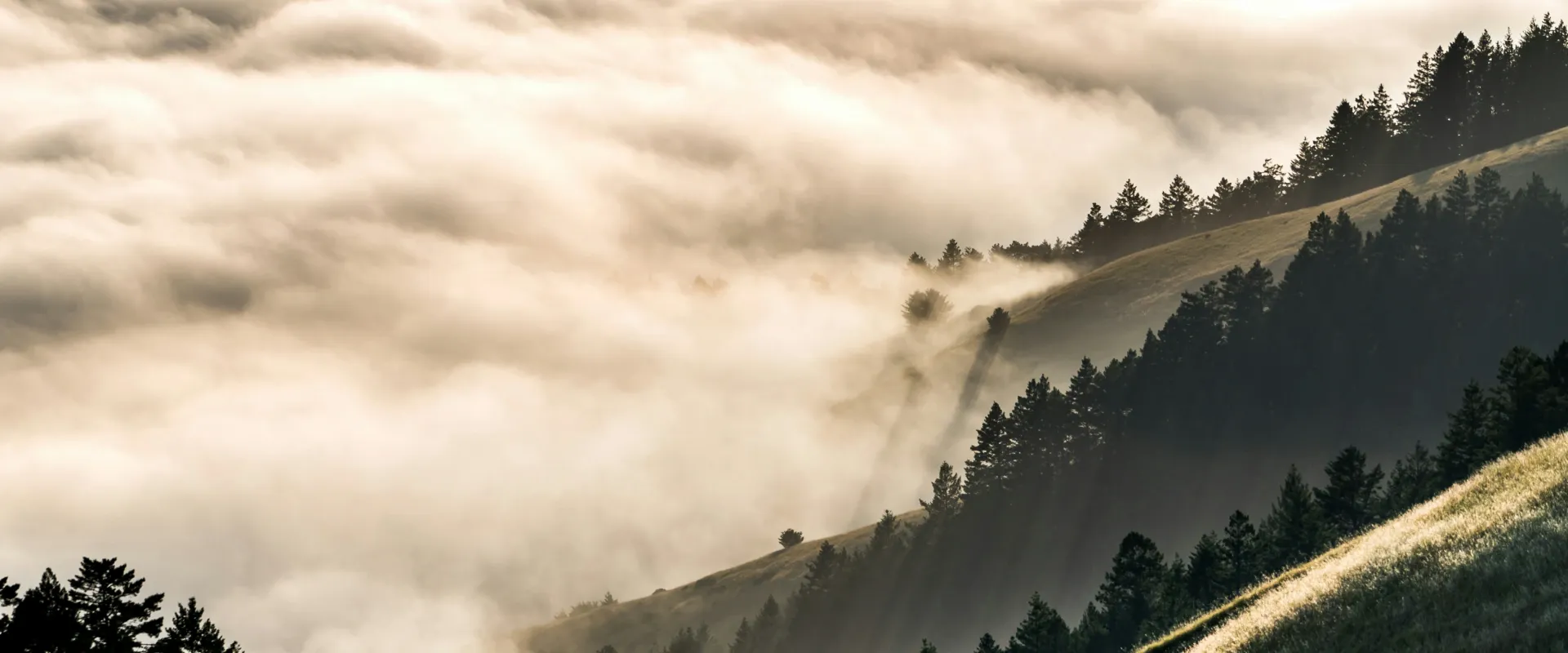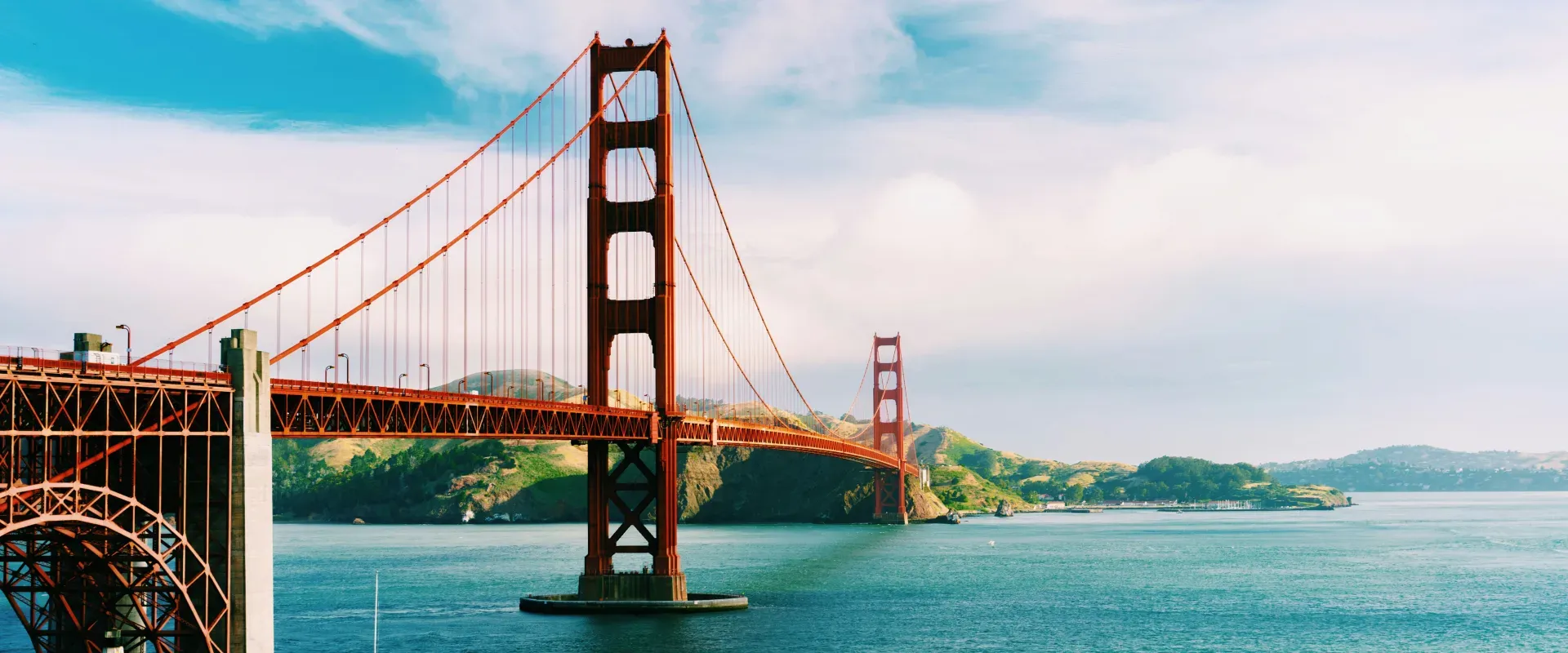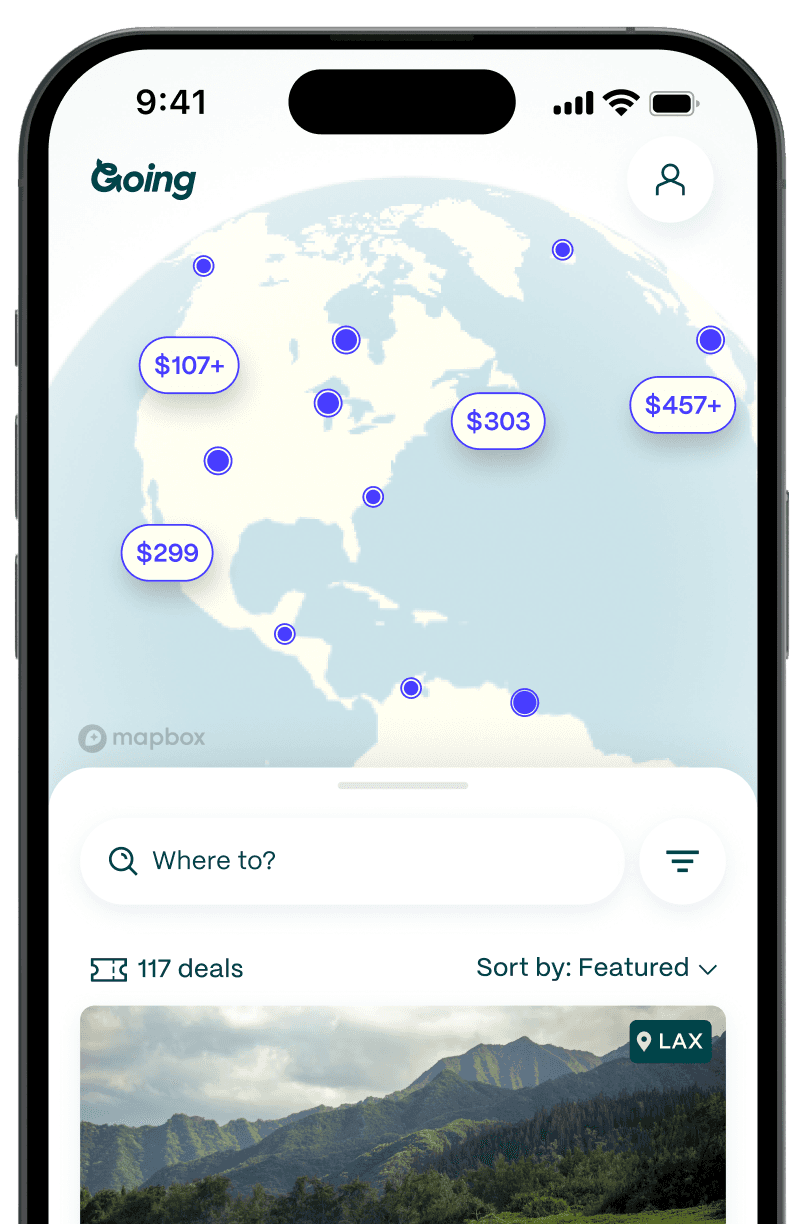
Coober Pedy: The Underground Opal-Mining Town in Australia’s Outback
After a seven-hour road trip from Alice Springs, I stepped off of the bus and into the desert. As far as the eye could see was a flat, moon-like, dusty landscape dotted with large, sandstone mounds and little else. It was strangely quiet. There were seemingly few people around, and the land was scattered with corrugated-iron, shoebox-like buildings and discarded mining machinery. Even the town sign was hoisted to an old mining vehicle, hinting at this place’s opal-mining history.
Welcome to Coober Pedy, South Australia, an almost-invisible town built mainly underground, with a post-apocalyptic feel and a sense of the Wild West. Population approximately 1,500. You’d be forgiven for thinking it looks like a scene out of Mad Max because you'd be right—it is.

If you can’t take the heat
The extreme environment, devoid of much classic beauty or greenery (the first tree was created from scrap iron), gives Coober Pedy its unique draw. About 150 million years ago, Coober Pedy was covered by the ocean, and as the water levels changed, silica solutions were deposited in the ground, which gradually transformed into opals. Today, Coober Pedy is widely known as the “Opal Capital of the World.”

While the town was formally established in 1915, Aboriginal groups (including the Antakirinja people) lived here for thousands of years, historically enduring harsh treatment under Australian government policies (you can watch their testimonies here). The town was officially named Coober Pedy after the Aboriginal term kupa-piti, meaning “the white man’s hole.” Local Aboriginal communities refer to the town as Umoona, meaning “long life.” The town’s population grew steadily in the 20th century as people, including soldiers returning from WWI, flocked to find opals.
However, the rugged terrain, low rainfall, dust storms, and blistering summer temperatures—which can reach a sweltering 98.6°F (37°C)—made it difficult to live here. Over time, as mining calmed into a consistent and reliable business, residents transformed old mines into permanent homes, known as dugouts, as below the arid ground, the temperatures remained at a more bearable average of 73.4°F (23°C). Now, half the town’s population lives underground.

Life down under
With the exception of the two supermarkets that are above ground, life in Coober Pedy really is lived down under. The Desert Cave Hotel claims it offers the only underground bar and gaming room in the world, but for an especially unusual and rustic stay, sleep at Riba’s Underground Campground—the world's only underground camping facility set up in a former mine. There are small tents arranged in the underground space, complete with camping chairs and access to a TV room. (Riba’s also offers an on-site opal mine tour.)
You can also stay in an underground hostel, which I opted for. The dugouts are without windows but with electricity, so they still managed to feel light and spacious, which kept my claustrophobia at bay. It felt like a slightly orange basement, at times eerily quiet, but with people around, each small sound echoed throughout the space, which I found cozy. It’s not for people looking for five-star luxury; the ceilings and walls are often left in their original state, complete with bumps and patches. However, it adds to the rustic charm of the town.
There is also Underground Books, a converted mine shaft that now acts as a bookshop, as well as Underground Art Gallery, which features local Aboriginal art and handicrafts like didgeridoos and dot paintings. You can put on a hard hat and tour the mines to learn the history of opal-mining yourself, or snag a couple of opals to take home with you from stores like Opal Cave and Big Miner. At Old Timers Mine, see machine demonstrations and practice “noodling,” the process of looking for discarded bits of opal by sifting through dirt (and yes, you get to take the opals home).
The churches built under or into the sandstone are magnificent, regardless of your faith. The large Serbian Orthodox Church, built in the 1990s, features endless attention to detail in its traditional stained-glass windows and carved figures, while the Anglican Catacomb Church, built by hand in the ‘70s, is more humble. The St. Peter & Paul Catholic Church, opened in the ‘60s, is small and laid out in the shape of a cross.
For a highly eccentric experience, visit Crocodile Harry’s underground home. Crocodile hunter Harry died in 2006, but his home—open to the public—is full of eclectic wall art and random artifacts, like a fake crocodile and a huge sculpture of a woman.
Finally, for a breath of fresh air or as you’re emerging from the underground on your way out of town, take a swing at above-ground Coober Pedy Golf Club, a grassless course that offers night rounds using glow-in-the-dark balls.

Getting there
- Getting there: The nearest airport is Coober Pedy (CPD), but most international flights arrive in Adelaide (ADL), 528 miles (850 km) south of Coober Pedy. You can take a short regional flight from ADL to CPD or drive via the Stuart Highway. Alternatively, Alice Springs is about 435 miles (700 km) north of Coober Pedy. Greyhound buses transit through Coober, and the Ghan railway, which runs between Adelaide and Darwin, also stops in Coober.
- Average Going price for cheap flights to Australia: $678 roundtrip
How to do it
- Best time to go: Visit in Australia’s winter months (May-September); in the summer, temperatures can reach beyond 98.6°F (37°C), which will limit activities and enjoyment.
- Cost: Night rates vary depending on where you stay. There are basic underground hostels from approximately $70 USD per night or four-star hotels above ground for about $130 USD per night.
- Tips & considerations: Don’t enter an opal-mining area without an experienced tour company, as there are many shafts and hidden dangers. Plus, during summer months, avoid being outside at the hottest part of the day (10am–3pm), carry lots of water and sunscreen with you, and cover up with protective clothing and a hat.
Other Australia guides
Last updated August 30, 2024
Articles you might like
View All
Best Day Trips from San Francisco: 25 Trips You’ll Actually Want to Take (2026)
Jan 6, 2026
12 min read

30 Free Things To Do In San Francisco That People Keep Recommending
Jan 6, 2026
10 min read

Marrakesh: The North African City Where Storytelling Is an Art
Jan 5, 2026
5 min read






